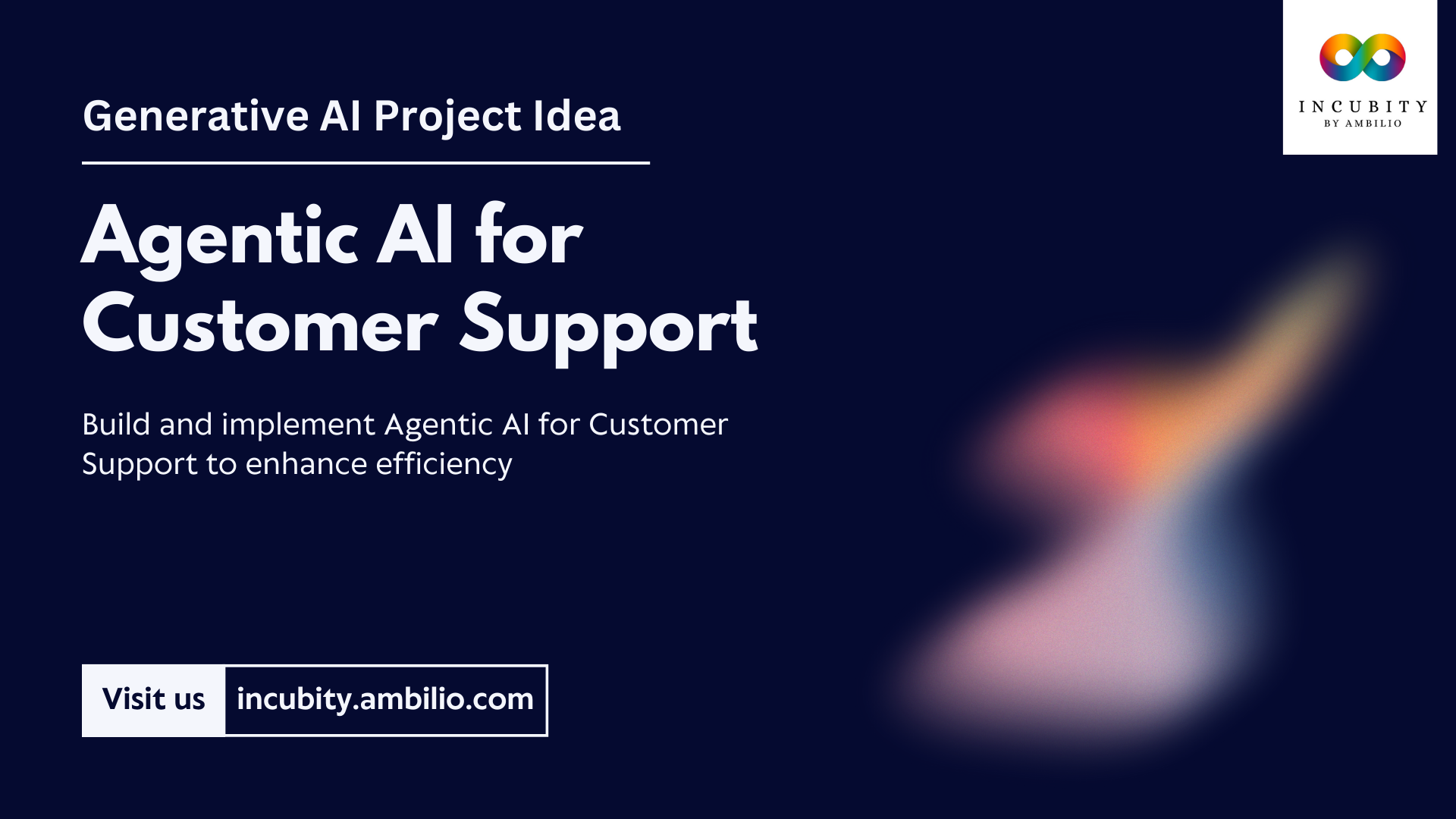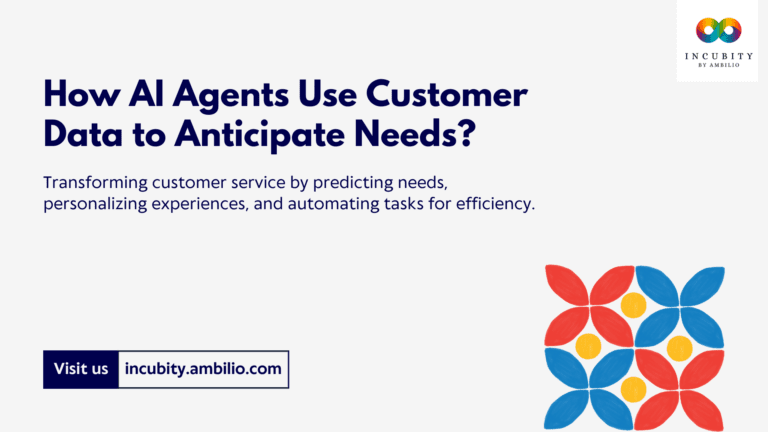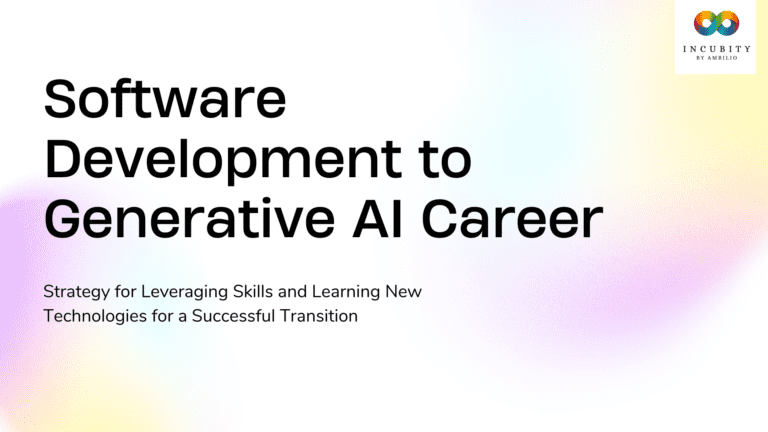Agentic AI has the potential to revolutionize customer support systems by handling complex workflows with minimal human intervention. It offers more than just rule-based automation—it integrates decision-making, contextual understanding, and autonomy to provide superior customer service. This guide provides a comprehensive framework to help you build an agentic AI application specifically for customer support, focusing on the architecture, components, benefits, implementation steps, and challenges.
Understanding Agentic AI
Agentic AI refers to AI systems that autonomously manage tasks, adapt to new information, and make decisions based on specific goals. Unlike traditional AI, which functions based on fixed rules, agentic AI learns, evolves, and handles complex decision-making processes. For customer support, this means that the AI can manage not only frequently asked questions (FAQs) but also resolve complex issues by understanding customer needs, past interactions, and integrating data from various sources.
Key Components of an Agentic AI System for Customer Support
The architecture of agentic AI for customer support involves several essential components, each of which plays a critical role in enabling autonomy and enhancing the overall system. Below is a breakdown of these components:
1. Data Collection and Preprocessing
Data is the foundation of any AI system. For customer support, the AI needs access to vast amounts of data from various sources, such as chat logs, emails, customer profiles, and interaction histories. Preprocessing steps include:
- Data Cleaning: Removing irrelevant or redundant information.
- Normalization: Standardizing data formats.
- Annotation: Labeling data for supervised learning models.
2. Natural Language Processing (NLP)
Natural Language Processing (NLP) is crucial for understanding customer inquiries and generating accurate responses. The AI should be equipped to interpret the intent behind queries, understand context, and maintain conversational fluency. NLP tasks include:
- Entity Recognition: Extracting key information such as dates, names, and product codes.
- Sentiment Analysis: Understanding customer emotions to provide appropriate responses.
- Context Understanding: Maintaining awareness of prior exchanges to offer personalized assistance.
3. Decision-Making Algorithms
Decision-making is at the heart of agentic AI. The system needs to make informed decisions based on real-time data and historical customer interactions. This involves implementing algorithms such as:
- Reinforcement Learning (RL): The AI learns over time by interacting with customers and improving its decision-making based on feedback loops. RL can optimize multi-step processes by learning the best course of action in various scenarios.
- Rule-Based Backups: While agentic AI should be flexible, rule-based fallbacks may still be necessary for handling specific legal or compliance requirements.
4. Contextual Memory
One of the defining features of agentic AI is its ability to retain and reference past interactions. This allows the AI to maintain contextual memory, which enables it to:
- Personalize interactions based on past conversations.
- Avoid asking customers for redundant information.
- Create a coherent flow across multi-step interactions.
This memory capability is often implemented using specialized data structures such as Long Short-Term Memory (LSTM) networks or Attention Mechanisms in transformer-based models like GPT or BERT.
5. Integration with Existing Systems
For agentic AI to function effectively in customer support, it must be integrated with other business systems such as:
- Customer Relationship Management (CRM) platforms.
- Ticketing and Workflow Tools.
- Knowledge Bases.
APIs play a crucial role in enabling smooth integration, allowing the AI to access real-time data from these systems to deliver contextualized responses.
Benefits of Agentic AI in Customer Support
Implementing agentic AI in customer support provides numerous benefits that improve operational efficiency, customer satisfaction, and cost management.
1. Increased Efficiency
By automating repetitive tasks such as FAQs and troubleshooting guides, agentic AI can significantly reduce response times, allowing human agents to focus on more complex cases. This improves both service speed and accuracy.
2. Enhanced Customer Experience
Agentic AI’s ability to provide fast, accurate, and personalized responses boosts customer satisfaction. Customers benefit from consistent service across multiple touchpoints, and the system’s contextual memory ensures that the AI “remembers” prior interactions, offering a seamless experience.
3. Cost Savings
With agentic AI handling a large volume of routine queries, fewer human agents are required. This leads to reduced operational costs while maintaining high levels of service quality. Additionally, scaling the system to handle increased demand does not necessitate proportional increases in staffing.
4. Scalability
Agentic AI can manage increasing volumes of customer interactions without suffering from performance degradation. This scalability makes it an ideal solution for businesses that experience fluctuating demand, such as seasonal spikes in customer inquiries.
Steps to Build an Agentic AI System for Customer Support
The development of an agentic AI system for customer support requires careful planning and implementation. Below is a structured approach:
1. Define Objectives and Scope
Start by outlining what you aim to achieve with agentic AI. Define clear metrics such as:
- Reduced average response time.
- Improved first-contact resolution rates.
- Increased customer satisfaction scores.
This step ensures alignment between business goals and AI capabilities.
2. Data Collection and Annotation
Gather historical customer support data, including past chat logs, email exchanges, and customer feedback. Clean and label this data for training your machine learning models. Consider augmenting this dataset with additional training data for more robust performance.
3. Develop the AI Model
Start with a pre-trained language model such as GPT-3, BERT, or any other NLP-based model. Fine-tune the model using your domain-specific data to make it proficient in handling customer inquiries.
For decision-making, consider integrating reinforcement learning models that can evolve as they interact with customers. Train these models using past interactions and simulate potential scenarios to optimize decision paths.
4. Integration with Business Systems
Use APIs to integrate the agentic AI system with your existing CRM, ticketing, and other customer support platforms. This allows the AI to pull real-time data and context from your existing systems, enabling it to make more informed decisions.
5. Pilot Test
Before a full rollout, conduct a pilot test. Select a specific subset of customer support activities—such as handling only chat-based inquiries—and monitor the AI’s performance. Track critical KPIs like response time, accuracy, and customer feedback to refine the model.
6. Monitor and Optimize
After deployment, continuously monitor the system’s performance using analytics dashboards. Metrics such as customer satisfaction scores, average response time, and resolution rates should guide updates to the AI model. Regular retraining may be required to adapt to new patterns in customer inquiries.
Challenges to Overcome
Despite its benefits, implementing agentic AI comes with certain challenges:
1. Data Privacy and Compliance
Customer data must be handled in compliance with regulations such as GDPR or CCPA. This means that all data used for training and operational purposes must be anonymized, and security protocols must be strictly adhered to.
2. Bias in Decision-Making
AI models can inherit biases from the data they are trained on. This could lead to biased responses, affecting customer satisfaction. Implementing bias detection and mitigation strategies is essential during model training.
3. Technical Integration
Integrating agentic AI into existing workflows can be complex, especially in organizations with legacy systems. Careful planning, collaboration between IT teams, and proper API management can help mitigate integration challenges.
Future Directions
The potential of agentic AI is continuously evolving. Some future developments could include:
- Real-Time Data from IoT: Integrating IoT devices could allow agentic AI to provide even more dynamic responses based on real-time data from connected devices.
- Enhanced Learning with Fewer Data: Techniques like few-shot learning could enable agentic AI to learn effectively with minimal data, improving adaptability and reducing the need for extensive datasets.
- Human-AI Collaboration: Agentic AI may increasingly work alongside human agents in more collaborative settings, where humans intervene in high-stakes decisions while the AI handles routine tasks.
Final Words
Building an agentic AI for customer support offers a path toward more efficient, scalable, and intelligent customer service operations. By automating routine inquiries, enabling contextual understanding, and making autonomous decisions, agentic AI enhances the customer experience while reducing costs and improving operational efficiency. With careful planning and ongoing optimization, businesses can successfully integrate agentic AI to meet the evolving demands of modern customer support.







